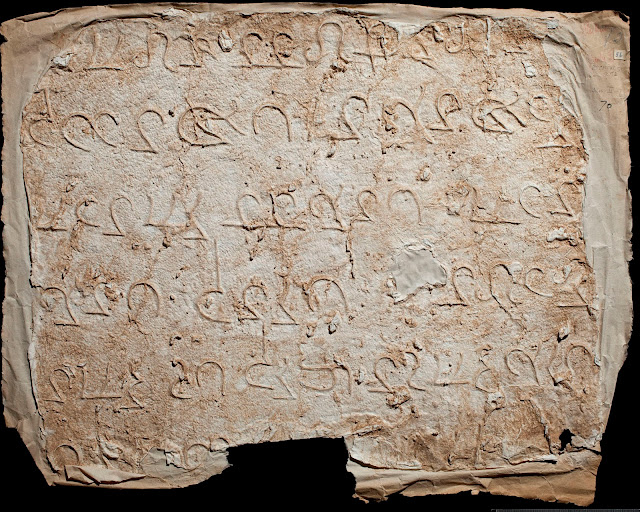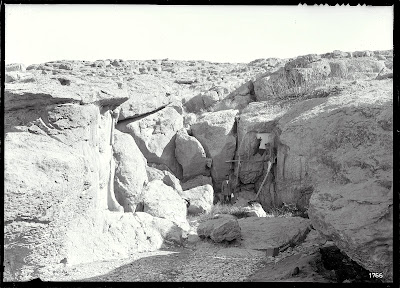With the abundance of technology that surrounds us every day, it’s easy to forget how we ever got along without it. Never fear, archives are here to help answer this and many more questions! For example, how did archaeologists capture and render a three-dimensional image in the early 20th century? We’re glad you asked. Before the invention of 3-D scanners and printers, there were squeezes.

A squeeze is a series of moldable paper, pulp, latex, or plaster that are layered on top of each other and moistened to create a wet pulp. The substance is then pressed, into a low relief inscription. When the material is dry and removed, it becomes a multidimensional mirror-image representation of the original inscription.
The images shown here are from the Ernst Herzfeld Papers housed in the Freer Gallery of Art and Arthur M. Sackler Gallery Archives. The Archives holds 393 squeezes from the ancient Near East, the largest collection outside of Iran and Iraq. To learn more, visit the Squeeze Imaging Project.
Chelsea Fairley
Freer|Sackler Archives










No comments:
Post a Comment